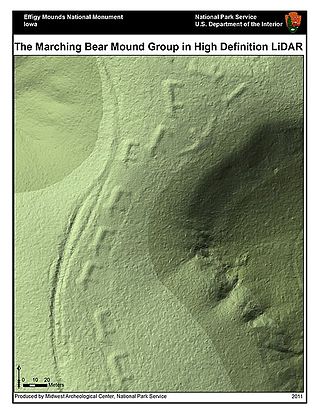Lidar mostly refers to the sensor system Lidar. It may also refer to:
Lidar mostly refers to the sensor system Lidar. It may also refer to:
Echolocation is the use of sound as a form of navigation.

Lidar is a method for determining ranges by targeting an object or a surface with a laser and measuring the time for the reflected light to return to the receiver. Lidar may operate in a fixed direction or it may scan multiple directions, in which case it is known as lidar scanning or 3D laser scanning, a special combination of 3-D scanning and laser scanning. Lidar has terrestrial, airborne, and mobile applications.

The insect order Neuroptera, or net-winged insects, includes the lacewings, mantidflies, antlions, and their relatives. The order consists of some 6,000 species. Neuroptera is grouped together with the Megaloptera and Raphidioptera (snakeflies) in the unranked taxon Neuropterida.
Laz or LAZ may refer to:
Campion may refer to:
A halter is a type of headgear for leading an animal.

A radar detector is an electronic device used by motorists to detect if their speed is being monitored by police or law enforcement using a radar gun. Most radar detectors are used so the driver can reduce the car's speed before being ticketed for speeding. In general sense, only emitting technologies, like doppler RADAR, or LIDAR can be detected. Visual speed estimating techniques, like ANPR or VASCAR can not be detected in daytime, but technically vulnerable to detection at night, when IR spotlight is used. There are no reports that piezo sensors can be detected. LIDAR devices require an optical-band sensor, although many modern detectors include LIDAR sensors. Most of today's radar detectors detect signals across a variety of wavelength bands: usually X, K, and Ka. In Europe the Ku band is common as well. The past success of radar detectors was based on the fact that radio-wave beams can not be narrow-enough, so the detector usually senses stray and scattered radiation, giving the driver time to slow down. Based on a focused laser-beam, LIDAR technology does not suffer this shortcoming; however it requires precise aiming. Modern police radars incorporate formidable computing power, producing a minimum number of ultra-short pulses, reusing wide beams for multi-target measurement, which renders most detectors useless. But, mobile Internet allows GPS navigation devices to map police radar locations in real-time. These devices are also often called "radar detectors", while not necessary carrying an RF sensor.

Green lacewings are insects in the large family Chrysopidae of the order Neuroptera. There are about 85 genera and 1,300–2,000 species in this widespread group. Members of the genera Chrysopa and Chrysoperla are very common in North America and Europe; they are very similar and many of their species have been moved from one genus to the other time and again, and in the nonscientific literature assignment to Chrysopa and Chrysoperla can rarely be relied upon. Since they are the most familiar neuropterans to many people, they are often simply called "lacewings". Since most of the diversity of Neuroptera are properly referred to as some sort of "lacewing", common lacewings is preferable.

Megaloptera is an order of insects. It contains the alderflies, dobsonflies and fishflies, and there are about 300 known species.
Dial may refer to:
Croce may refer to:
Ouster may refer to:

The Neuropterida are a clade, sometimes placed at superorder level, of holometabolous insects with over 5,700 described species, containing the orders Neuroptera, Megaloptera, and Raphidioptera (snakeflies).

Dilaridae is a family of Euneuropteran insects in the order Neuroptera, known as "pleasing lacewings". They were formerly placed in the paraphyletic superfamily Hemerobioidea, though the group is currently placed in the monophyletic superfamily Dilaroidea as a sister group to Mantispoidea and Osmyloidea.
Red lacewing can refer to either of two butterfly species in the genus Cethosia:
Lacewing is a common name applied to some species in the insect order Neuroptera.
C. carnea may refer to:
Suca may refer to:
Mallada is a genus of lacewings.